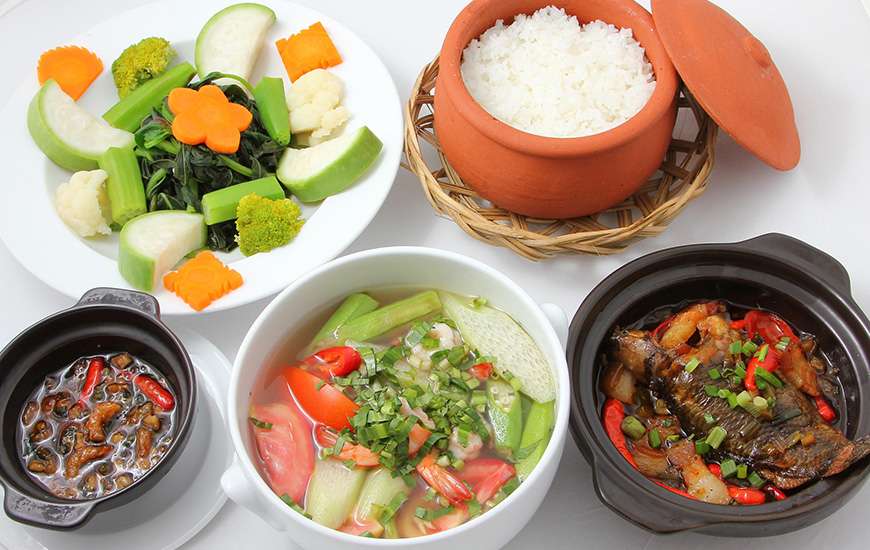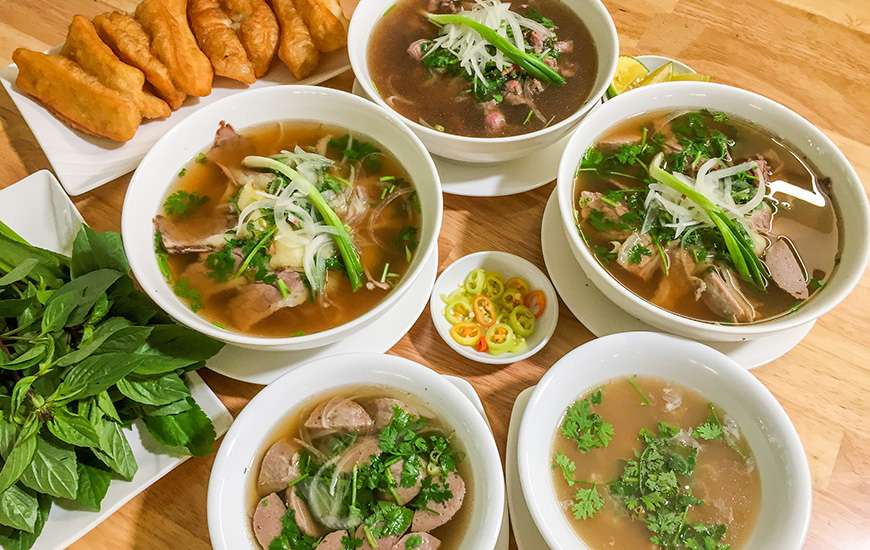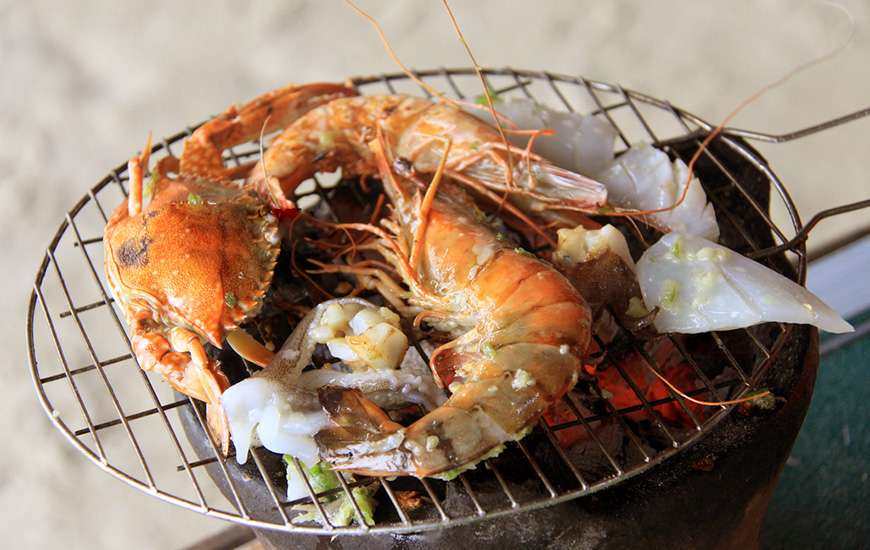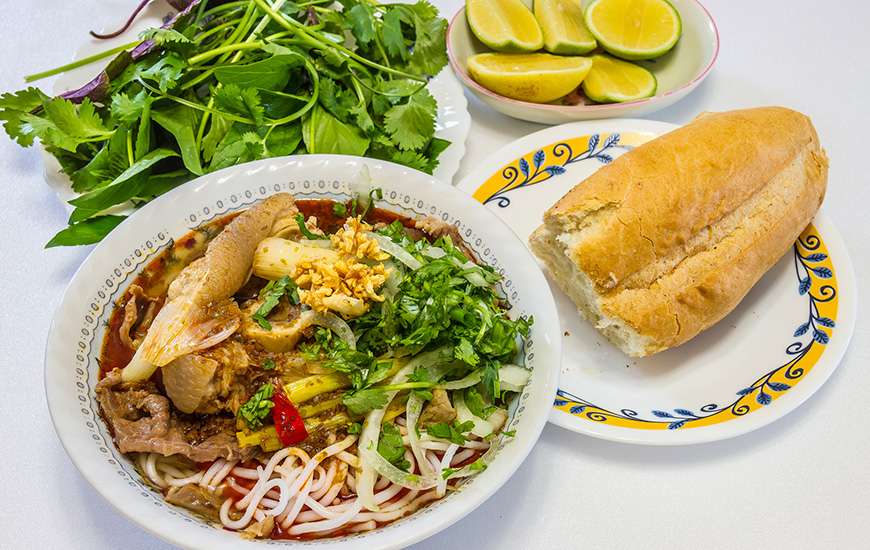Full of vibrant flavours from shrimp paste and soy sauce to lemongrass and long coriander, Vietnamese cuisine packs quite a punch at every meal. But there’s deeper philosophical importance to Vietnamese food too. Here’s some fascinating insight into some of the best Vietnamese cuisine and the meanings behind the food.
Five elements
Vietnamese cuisine is inspired by the Asian principle of five elements: wood, fire, earth, metal and water. In cuisine, this roughly translates into the taste senses: sour (wood), bitter (fire), sweet (earth), spicy (metal) and salty (water). Each element also relates to different body organs, colours, senses and nutrients. The idea is to attain balance – so crafting dishes that cover all these different areas is seen as what’s necessary for the mind, body and soul.

The balance of yin and yang is also important in Vietnamese cuisine. This comes across in contrasting textures and flavours – but most importantly – the heating and cooling properties of each ingredient. For example, duck is considered a cool meat, and a typical way to serve it is with ginger fish sauce, which is considered to be hot.
Pho
The Vietnamese noodle soup of pho has become globally known, after pho cafés and restaurants have popped up across the world. Different regions of Vietnam have their own pho specialities and although pho is served across the country, it’s a particular speciality of the north. The rich broth is made from boiling meat and spices for several hours. Most traditionally, pho is served with beef and spring onion, but there are a huge number of varieties out there.

Regional Vietnamese staples
For those who have become addicted to pho in their home cities – there is a lot more to Vietnamese cuisine that this flavoursome, nourishing soup! Northern and southern regions of Vietnam have distinctions in their cooking, as do individual cities, towns and villages.
The colder north of Vietnam has food that’s typically less spicy than other parts, due to the crop limitations that come with the cooler weather. Seafood is the most popular protein used in northern cuisine, including prawns, squid, clams and crab. Fish sauce and limes are particularly popular for flavouring food. Northern specialities include bun rieu (vermicelli tomato broth, often served with crab), bun cha (rice noodles with grilled pork) and cha ca la vong (rice noodles with grilled fish).

Central Vietnamese regions are known for growing a cacophony of spices, influencing the cuisine in this area into the spicier end of the spectrum. Home to the city of Hue too – the former seat of the Nguyen Dynasty – much of Vietnam’s more intricate dishes come from this area. Chilli peppers, shrimp sauce and a range of spices are commonly used here. Bun bo is one popular dish hailing from Hue – a rice vermicelli soup served with beef and lemongrass. Banh xeo also hails from the region – a savoury Vietnamese pancake with turmeric powder, stuffed with meat or vegetarian fillings.

Southern Vietnam is known as the most agriculturally rich region of the country, particularly given the Mekong Delta, which is known as ‘Vietnam’s rice bowl’. An abundance of fresh food and vegetables are grown here, while there’s plenty of space for livestock too. Popular ingredients in the south include garlic, shallots, fresh herbs and coconut milk, with fish and meat used liberally too. Bun mam is popular in the region – a thick vermicelli soup with shrimp, squid and beansprouts. Banh khot also hails from the region – mini pancakes made with turmeric powder and coconut milk, topped with shrimp.

Culinary adventures await in Vietnam!
Discover more of Vietnam’s food with us on one of our classic Vietnam trips that help you discover the country with your taste buds as well as your other senses.